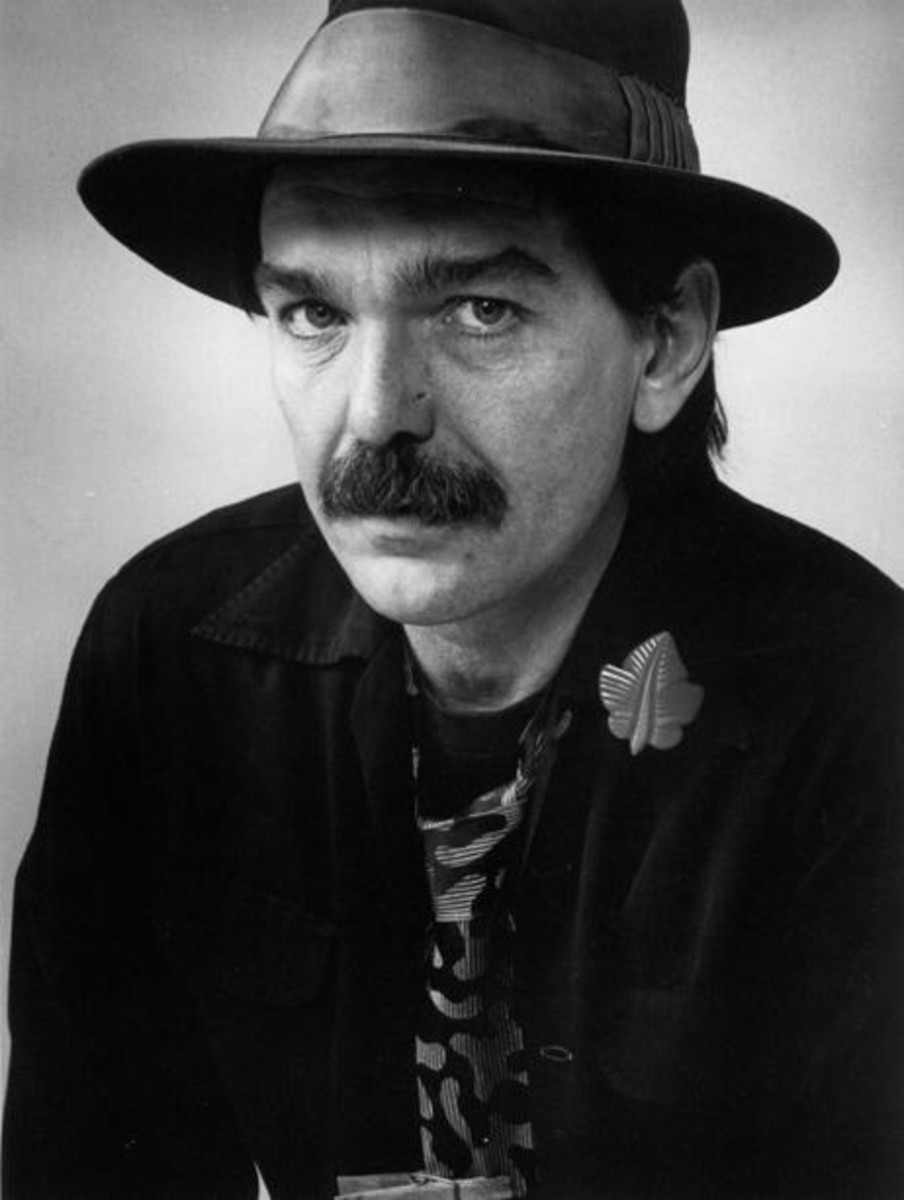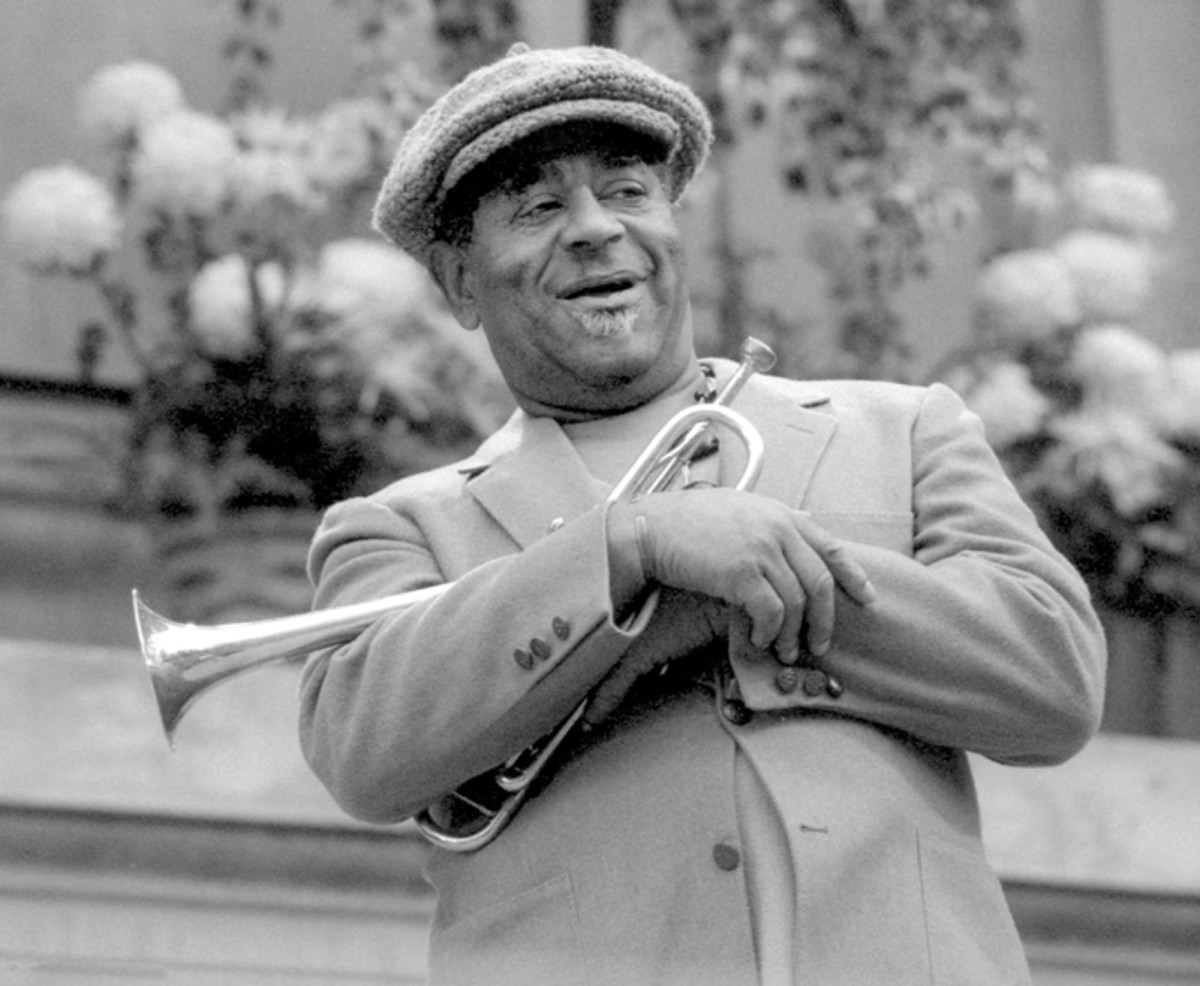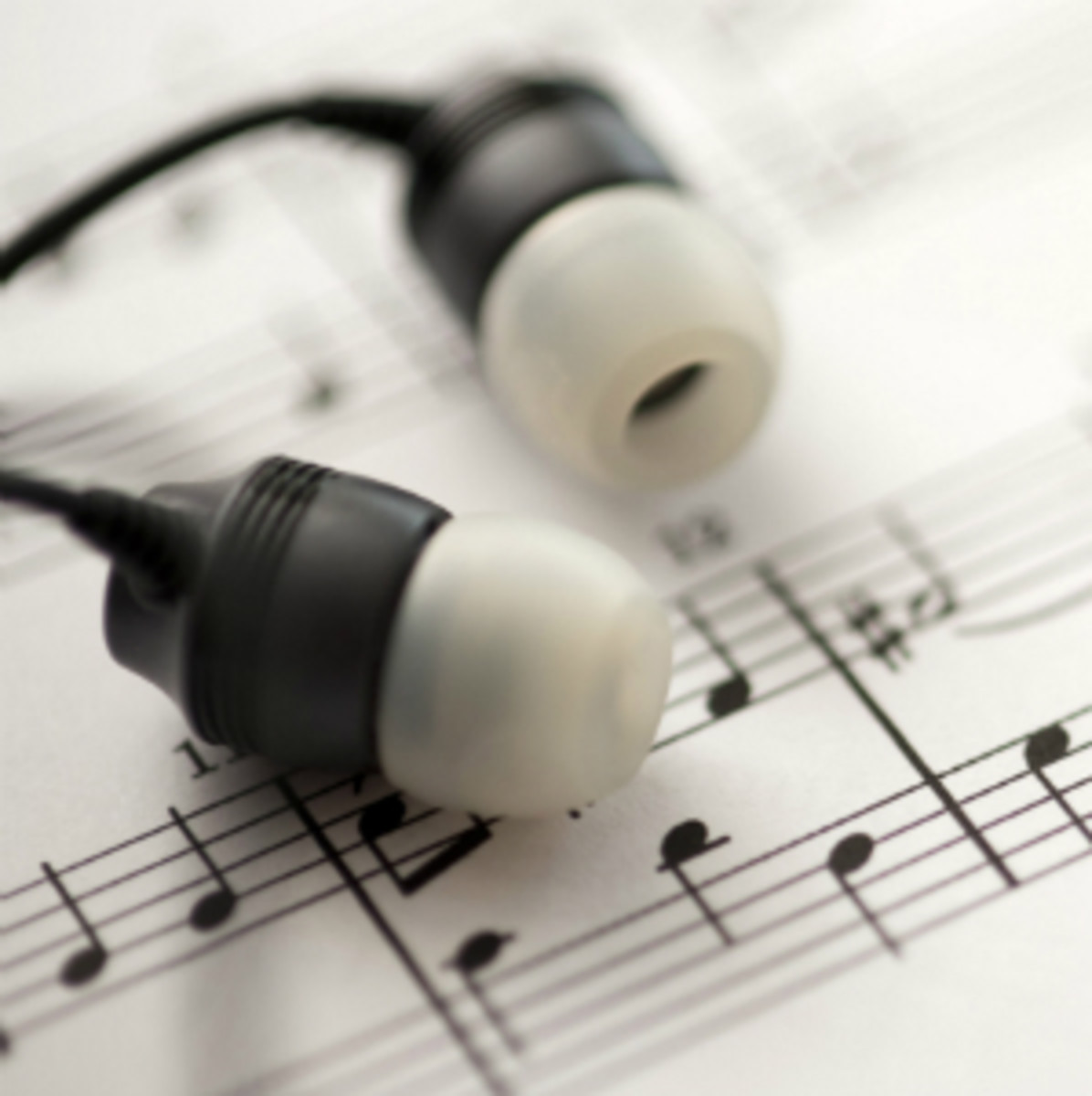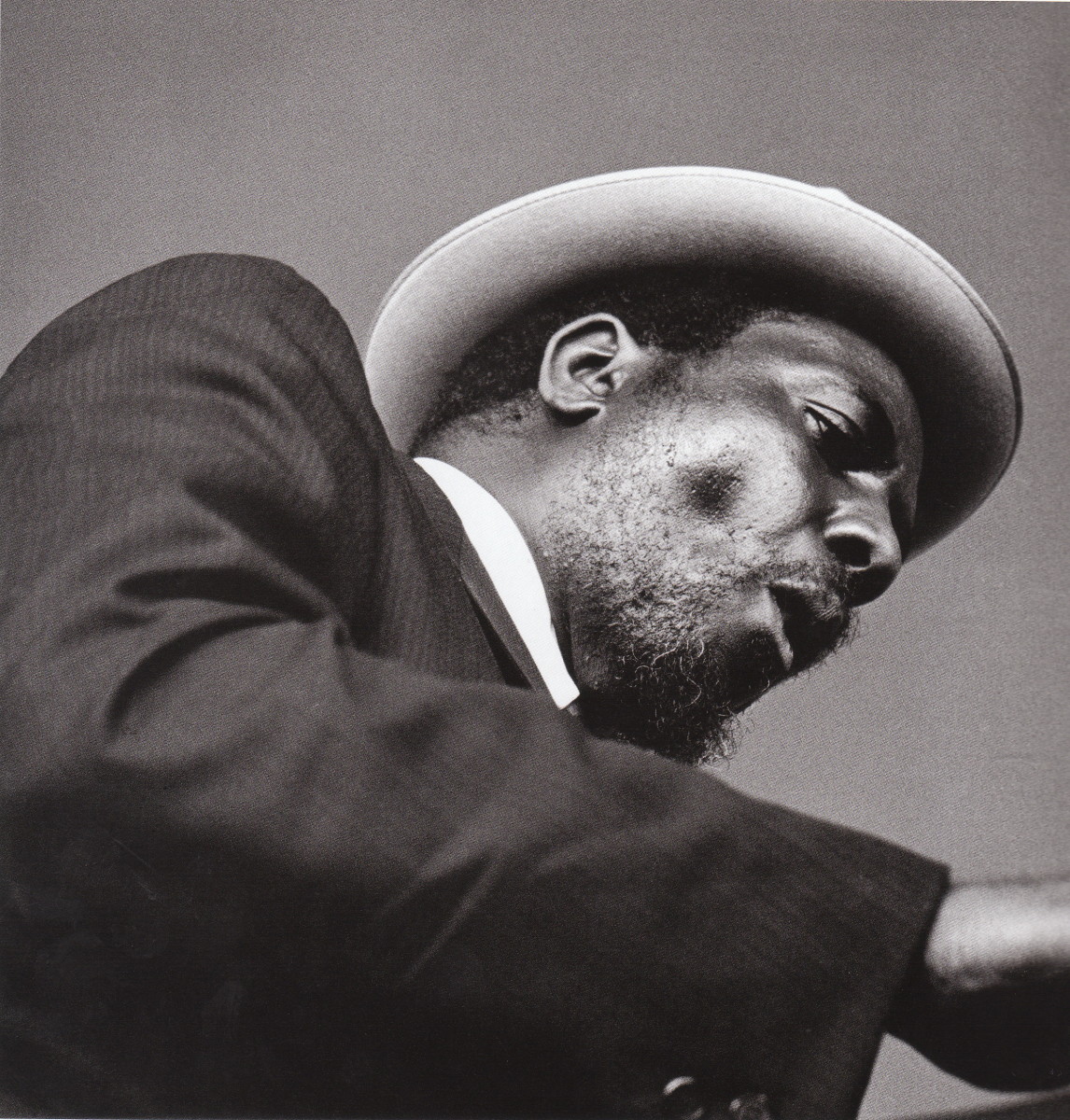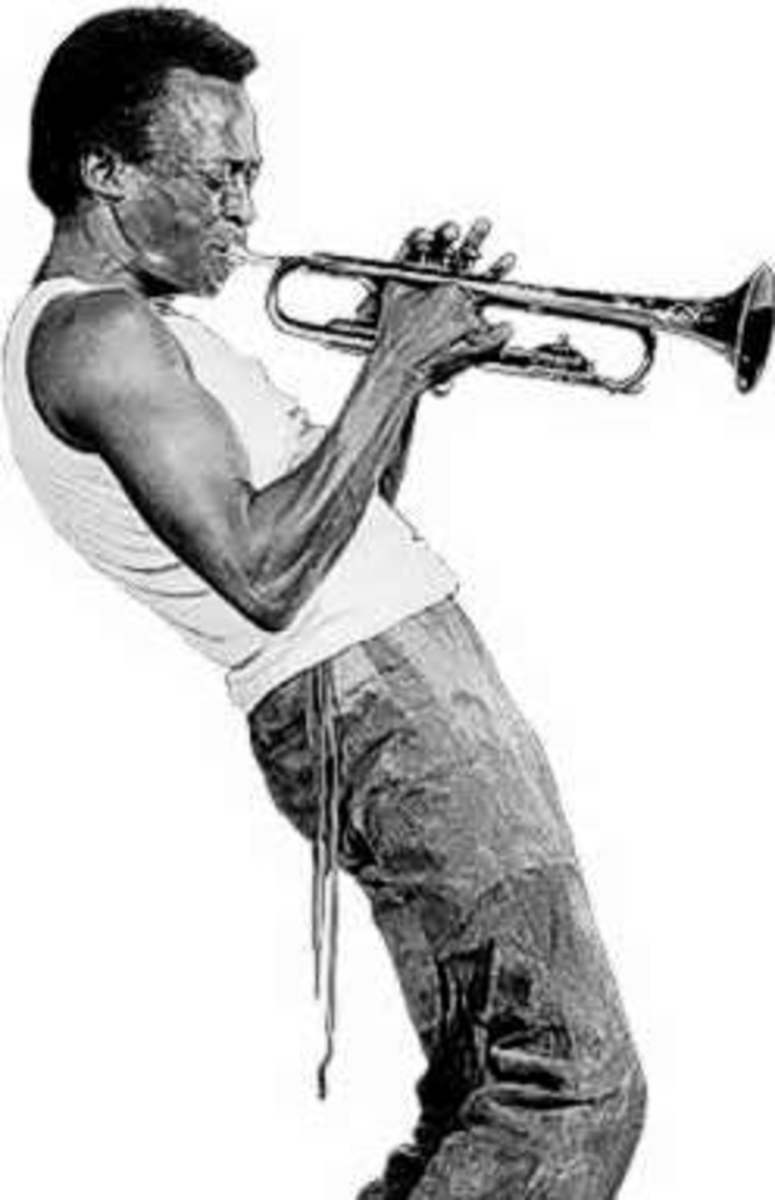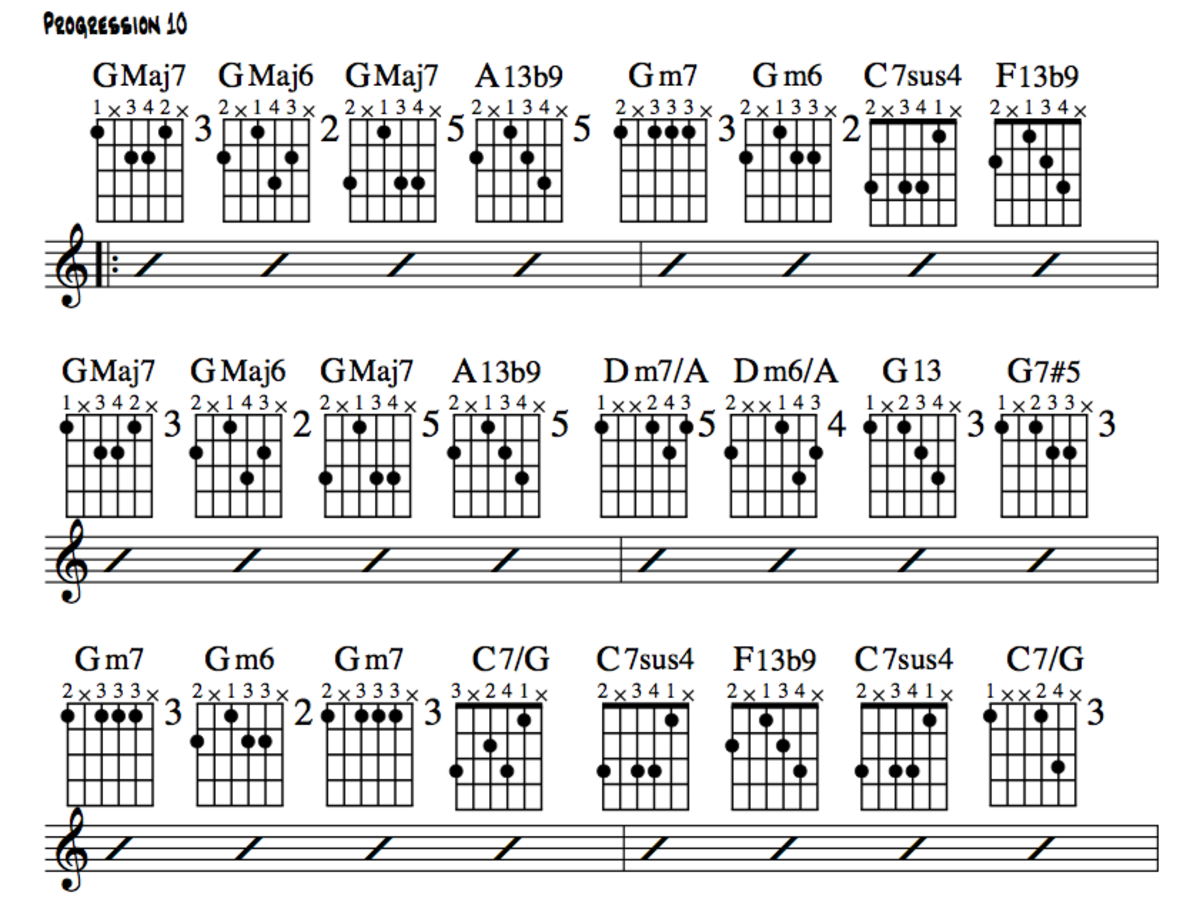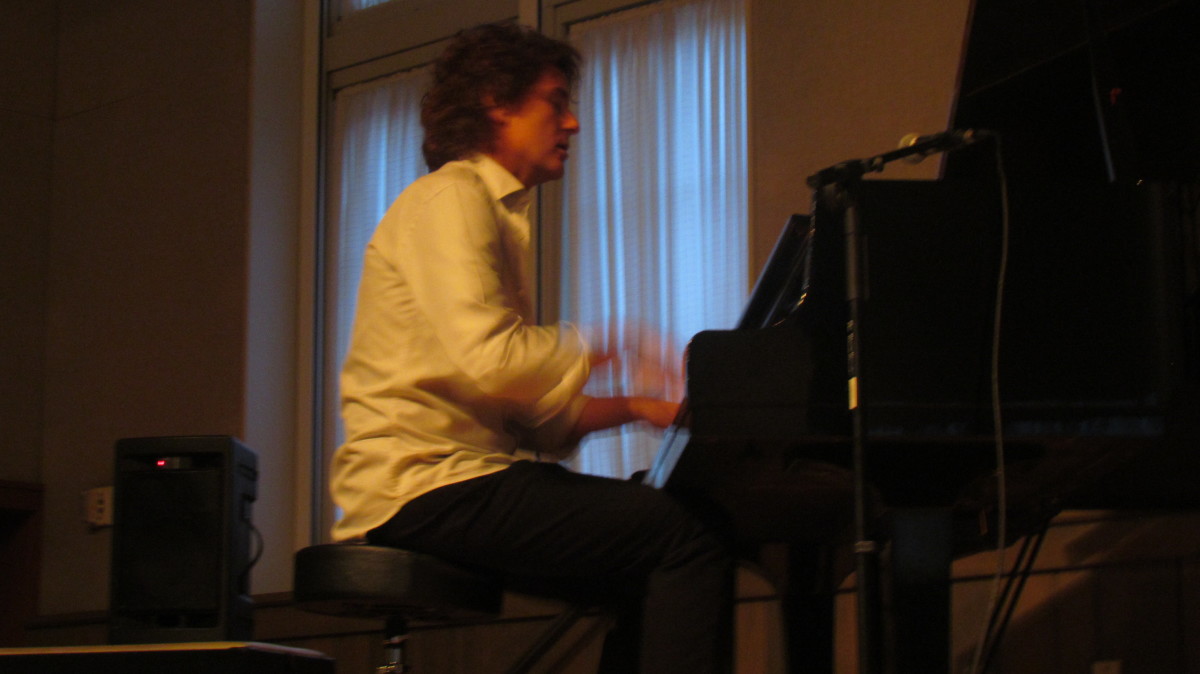Charlie Parker Biography

Early Years
Charlie Parker (aka "Yardbird") was a leading developer of the "Bebop" form of jazz. This style of jazz was characterized by its fast tempo and improvised harmonic structure. Yardbird exerted a heavy influence on his contemporaries and has been compared to the likes of Duke Ellington and Louis Armstrong, for his influence in the world of jazz..
Charles Christopher Parker was born on August 29, 1920 in Kansas City, Kansas to Charles and Addie Parker. His father was an entertainer on the T.O.B.A. circuit and his mother was a homemaker. In 1927 Abbie Parker and her son moved to Kansas City, Missouri. At that time, the music scene was flourishing with jazz and blues being played in the nite-clubs there. Charles' first serious influence with music came from school, where he played the baritone. However, Parker developed an admiration for Saxophonist Lester Young. As a result, Parker wanted to play the Alto Saxophone. When Parker felt he was ready, he played at a local jam-session. Having never received any formal instruction, Charles was humiliated by the seasoned performers; however though much practice and dedication, Parker would persevere. At the age of sixteen, Charles dropped out of school to focus on a musical career. With his mother working full-time, Parker had ample time to experience the Kansas City nite-life, including the local drug culture.
Professional Career
Parker spent the next few years playing in various prominent local bands and expanding his music knowledge under the guidance of various musicians such as saxophonist Buster "Prof" Smith. In 1938 following several months of performances with Jay McShann's Sextets, Parker heads to New York. Once he arrived there, he was unable to find work. Parker washed dishes for a time at a local eating establishment. While working as a dishwasher, he heard the great jazz pianist Art Tatum and had the privilege of interacting with guitarist Bill "Biddy" Fleet. It was performers like Tatum and Bill Fleet that helped to expand his knowledge of harmony and chords and took Charles in new musical directions.
Parker returned to Kansas City in 1940, where he joined Jay McShann's Big Band. While with this band, he was in charge of the woodwind section. Charlie Parker's presence would be mutually beneficial to both him and the band; The McShann's band was heard on national radio, so Charlie's playing became well known. On the air, he was known as "Yardbird," then in time just "Bird." In 1941, Parker recorded his first professional recording "Hootie Blues." Although the recording had a profound impact on his contemporaries, it was largely ignored by critics. While he was with McShann's band, Charlie would perform other solos on various albums; these included: "Sepian Bounce" and "Confessing the Blues." When he was not performing with McShann's Band, Parker sat in on some Harlem jam sessions. At these performances, he joined other jazz musicians experimenting and playing extended solos. Charlie Parker's talent was impressive, but his drug habit and behavior was getting worst. McShann was forced to fire him; so Parker did some free lance work until December 1942, when he found work with in Earl "Fatha" Hines' band. However once again, Parker's erratic behavor caused him to be fired after a few months. The brief time he had with the Hines Orchestra was significant; He interacted with the likes of Dizzy Gillespie, Billy Eckstine and Sarah Vaughn, these relationships would be beneficial later.
In 1943, Parker was frequenting a house called "7 West 52nd Street ." This location was where musicians would hangout. It was here "Yardbird" met Chan Richardson, who would later be Chan Parker; In time the pair would be romantically involved. Later in 1944, Parker joined Billy Eckstine's bebop band. When performing with this group, he often shared the limelight with well-known performers such as Dizzy Gillespie and others. 1945 was a turning point for him. During February this year, Parker worked with Dizzy Gillespie on some sessions that would produce "Groovin High" and "Dizzy Atmosphere," under the Guild label. A few months later on the same label and with Sarah Vaughan on vocals, 'Bird' and Dizzy produced the hits "Hot House," "Shaw Nuff," and "Lover Man." Later in November of the same year, under the group name "Charlie Parker's Reboppers," Parker, Davis, Gillespie, Russell, and Max Roach recorded the classics "Ko-Ko" and "Now's the Time." Bird and Gillespie took their new jazz to the west coast in December 1945, where they performed for six weeks. When Gillespie's band returned to New York, Bird continued to work in the Los Angles area; however on June 29, 1946 he had a nervous breakdown and was confined to a local hospital for his heroin addiction. In January 1947 he was released, then briefly worked in "LA" before returning to New York City in April the same year. Upon his return he formed a quintet consisting of Duke Jordan, Miles Davis, Max Roach and Tommy Potter. With this quintet, Bird would record some of his best selections. In the late 1940s Bird toured Europe, making his debut at the Paris Festival of Jazz. He made a few tours of Cuba too; In January 1949 while in Cuba, he recorded with Machito's Afro Cuban orchestra. Therefore, he was able to experiment with large string sections and various Afro-Cuban rhythms. Although Parker was still struggling with his drug and alcohol addiction, he had a large following of fans and was enjoying some financial success.
His Final Years
By 1950 much of the jazz world was at his feet; many musicians copied his style of playing. However, his privite life was a different story. Parker's drinking and drug use had ruined his health and turned him prematurely gray. Also, his destructive lifestyle was starting to effect his music. Around this time, he met a wealthy European Baroness "Nica" Pannonica de Koenigswarter, who was living in New York and enjoyed his style of music. She became his patron helping him financially when needed. After a narcotics arrest in late 1950, Parker's cabaret license was revoked. Without this card he wasn't allowed to work in nightclubs. However, by the fall of 1953 his cabaret card was reinstated, but the damage was already done. "Bird" was in bad shape mentally, physically and financially. Also, the little bit of happiness he had shared with Chan was shattered when his daughter Pree died in March of 1954. He attempted suicide and even had himself committed. Charlie Parker's last public appearance was at Birdland on March 5, 1955. A few days later, he went to visit Nica in route to a performance in Boston. Because of his appearance, Nica was shocked and concerned; she had her physician examine him. The doctor recommended hospitalization, but Parker refused. In the end Nica talked him into resting for a few days. On March 12, 1955, Nica found Parker dead. Following his death, he was eventually buried in Lincoln Cemetery on the outskirts of Kansas City, Missouri.
Charlie Parker is one of the most creative influential jazz musicians of his generation. He was inducted into the Big Band and and Jazz Hall of Fame in 1979 and received the Grammy Lifetime Achievement Award in 1984. Also, the Library of Congress added the song "Ko-Ko" to the national register in 2002 and the United States Postal Service released a Commemorative Stamp in 1995 honoring him. In addition, "Bird" received a few Grammies for his works including: "Billie Bounce," "Jazz at Massey Hall," "Ornithology" and "Charlie Parker with Strings." Lastly, Clint Eastwood produced a movie about his life in 1988 called "Bird." Despite his personal struggles, Charlie Parker continues to influence music genres today. Although he is gone he is not forgotten. He lives on though his music, that continues to bring joy to so many everywhere.

